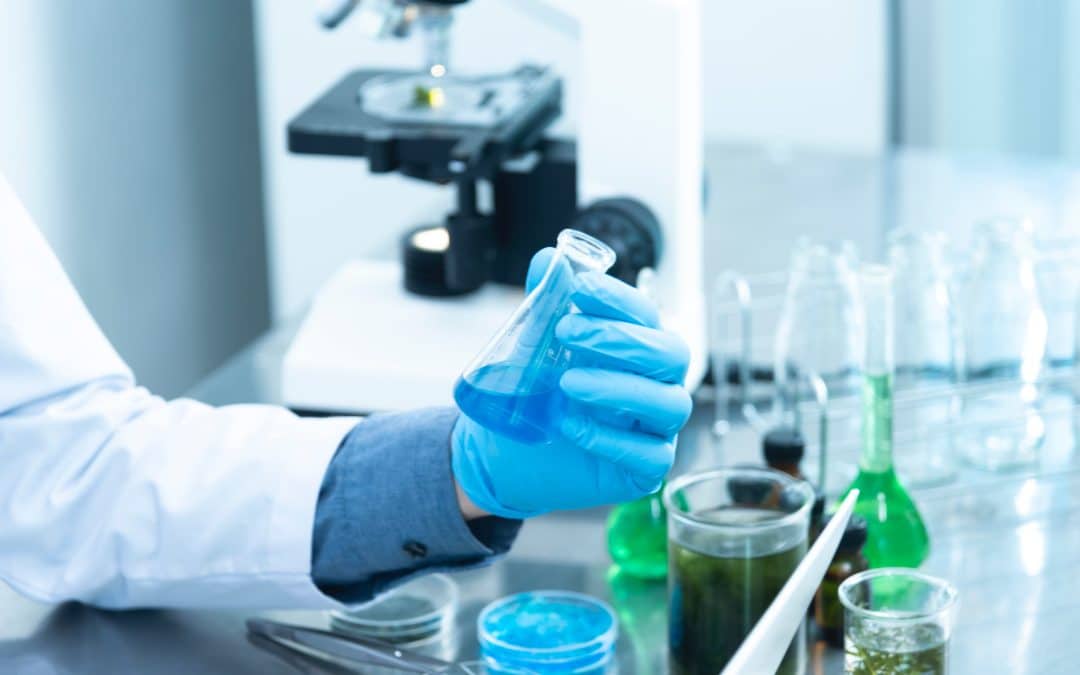Pharmaceutical water systems need to do more than provide access to water – they need to provide access to water that is as pure as possible. In other words, all contaminants, impurities and other particles need to be removed before the pharmaceutical manufacturing process can begin.
This makes purified water systems vital to the ongoing success of businesses in the pharmaceutical industry. Without these systems, pharma producers – and other entities across the supply chain – will find it difficult to deliver medications and products of the required quality.
What Is Purified Water Used for in the Pharmaceutical Industry?
Purified water has a wide variety of different uses and applications in the pharma industry, and it is found at all stages of the production process. Take a look at a few examples of how this water is utilized in the sector.
Pharmaceutical Ingredients
Water may be a required ingredient for a particular kind of medication. As ordinary water – and even drinking water – is full of trace contaminants and impurities, this will not be suitable as a pharmaceutical ingredient. Instead, a pharmaceutical water system will need to provide purified water for this application.
Reconstitution
In pharmaceuticals, reconstitution simply means adding a solvent to a medication or ingredient that is in powdered form. This dissolves the medication or the ingredient so that it is suspended in a solution. The solution may either be used as a medication itself or as an ingredient in further formulation and development.
Synthesis
In chemistry, and in the pharma industry in particular, synthesis is essentially the combination of two separate substances in order to create something wholly new. While this may not always require the addition of water as one of the ingredients, this water will still usually need to be present in the reaction. Impurities in water can cause significant problems during synthesis, and this is why a pharmaceutical water system needs to eliminate all such impurities as far as possible.
Cleaning
Pharmaceutical equipment will need to be cleaned before and between deployments. While cleaning will get rid of many of the potential contaminants in the process, it can add contaminants of its own in the form of tiny impurities — many of which may not be visible to the human eye. A purified water system provides the pharmaceutical industry with a reliable source of water that is ‘clean’ in a chemical sense, ready for washing and preparation. Some ingredients may also need to be cleaned, and the same high levels of care and attention will need to be applied in this process too.
Testing and Analysis
Testing and analysis occurs at all stages of the pharmaceutical production process and is critical in gaining a better understanding of the efficacy of a medication, as well as any contraindications or side effects. The introduction of outside elements, such as impurities, can severely skew the analysis, so access to purified water is critical for analysts and development teams.
Types of Purified Water Systems in the Pharmaceutical Industry
While all pharma production and analysis facilities will certainly need access to purified water, the ways in which they derive this water may differ wildly depending on the level of purification required. Generally speaking, there are three types of purified water systems used in the pharmaceutical industry – reverse osmosis, ion exchange, and distillation.
Reverse osmosis
Osmosis is a natural process in chemistry and biology, which occurs when a solute moves through a semi-permeable membrane in order to equalize the concentration of suspended particles. In a standard space, particles in a liquid will naturally spread out in order to achieve this equalization, but the addition of the membrane prevents this. Instead, the solute will move across the membrane until concentration is more or less equalized.
Reverse osmosis is essentially the opposite of this. External pressure is applied to overcome the process of osmosis and to drive the solute through the semi-permeable membrane. This is highly effective in water purification, as the suspended particles cannot pass through the membrane and are forcibly removed from the water.
Ion exchange
Some of the impurities found in water are in the form of ions, a molecule that has lost or gained electrons, resulting in a positive or negative charge respectively. These ions are too small to be effectively filtered and will need to be removed via a chemical process. This process is ion exchange, which occurs when an insoluble resin with ions of its own is applied to the water. The ions in the resin will replace the ions suspended in the water, but these resin ions will not become suspended in the water themselves because the resin is insoluble. The process is useful for removing these molecular level ions but will not remove other impurities in the water.
Distillation
Distillation is a much older form of purification than ion exchange or reverse osmosis and relies on simpler chemical concepts. During distillation, impure water is heated beyond boiling point. The heated water then changes state, evaporating into its gas form as steam. The idea is that contaminants will be left behind during the evaporation phase and will not be present in the water when it is cooled and condensed back into liquid form. While distillation is effective for many applications, it may not be precise enough for use in the pharma industry — at least not as a sole form of purification.
A Comprehensive Approach Can Provide the Results that Pharmaceutical Companies Need
Each purification process is useful in its own way and provides an effective defense against contaminants and impurities. However, as noted above, each is also limited. Distillation is a fairly non-technical method of removing impurities and works well on some levels but will not remove smaller-scale particles. Reverse osmosis will remove these microscopic particles, but ion exchange will be required to removed charged molecules. For a truly comprehensive set of results, pharmaceutical teams may need to combine these different disciplines as they plan their purification strategy.
